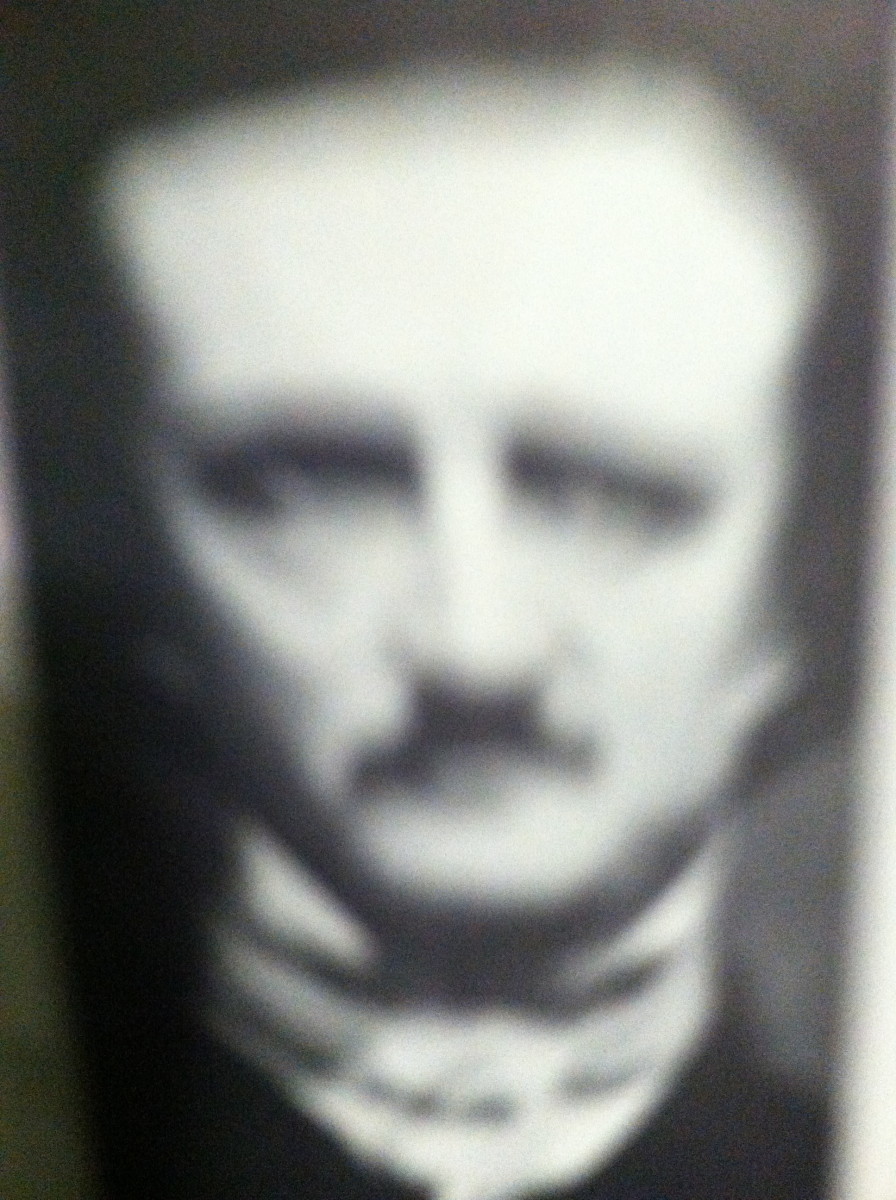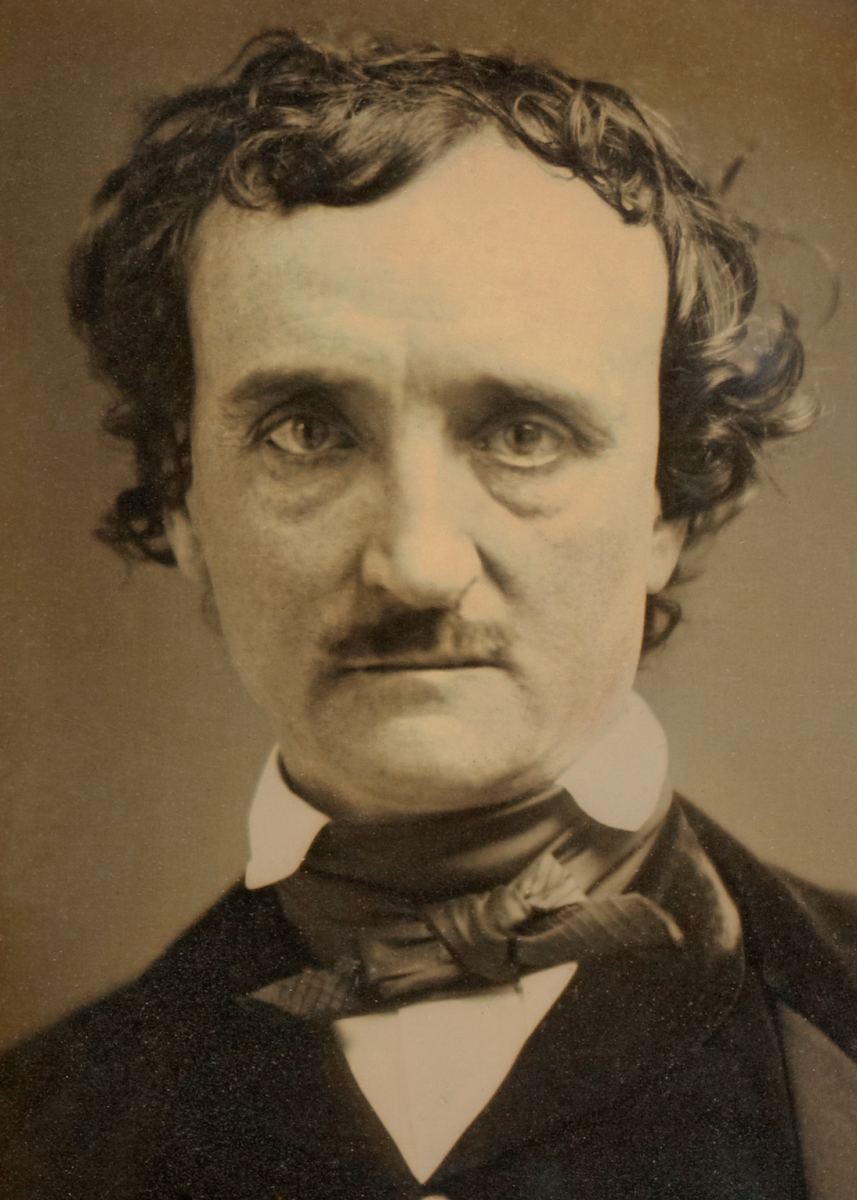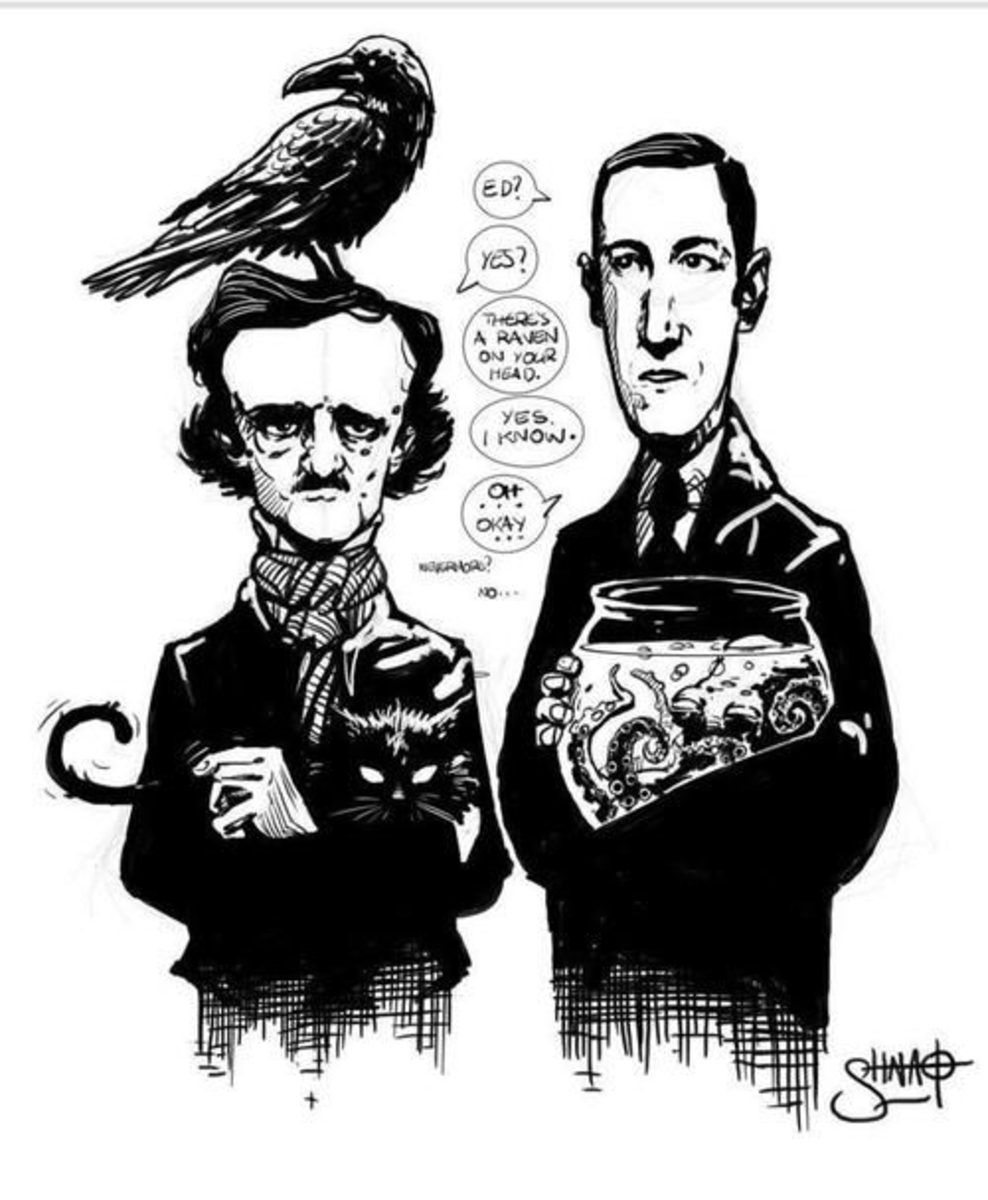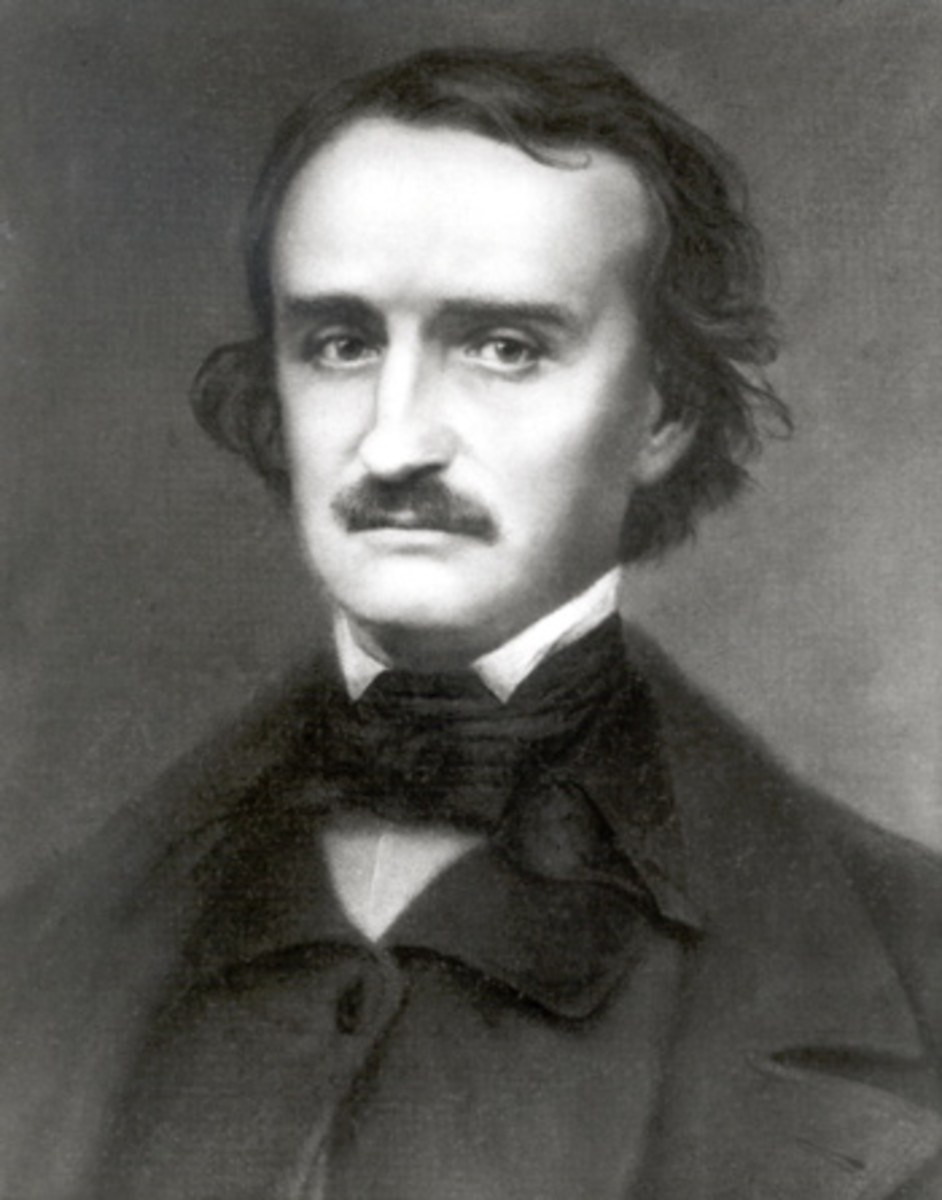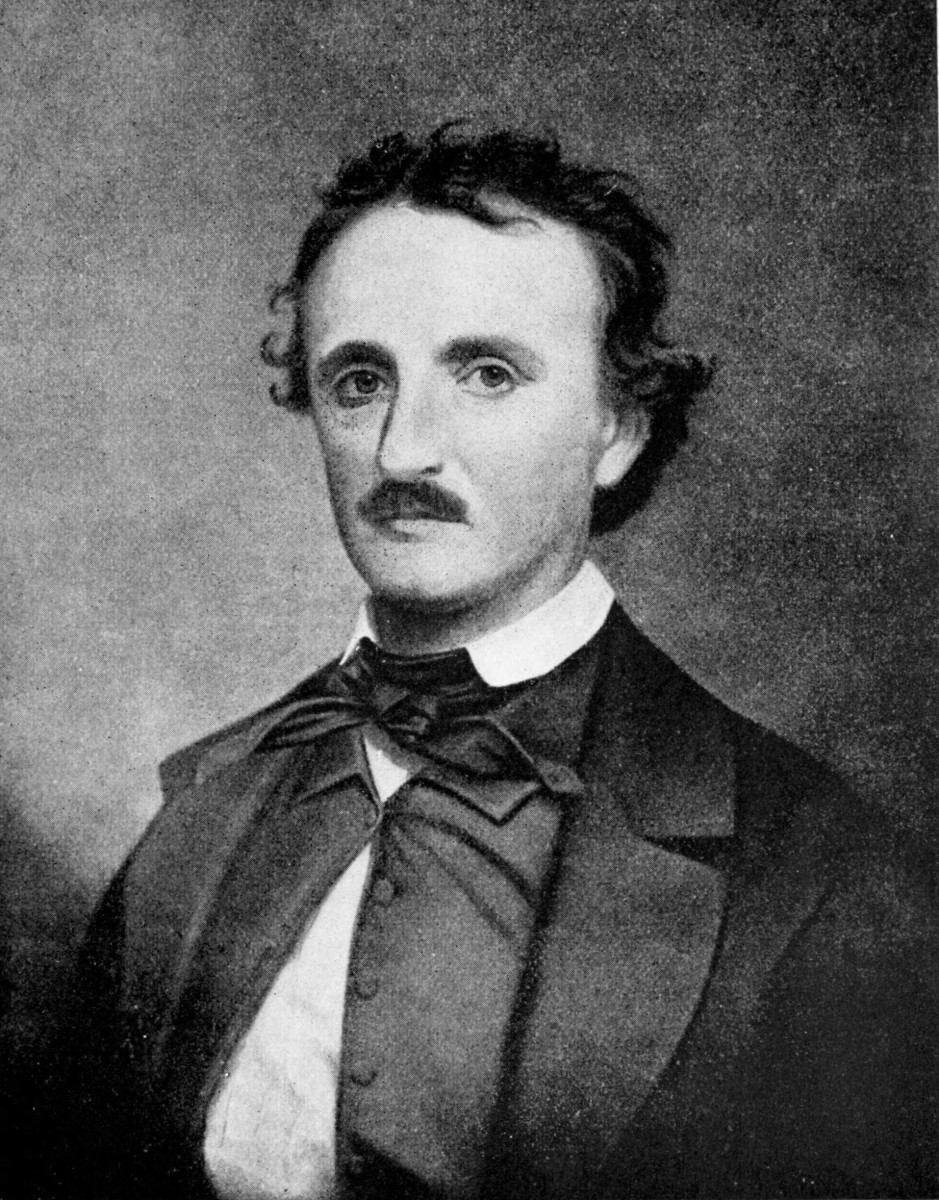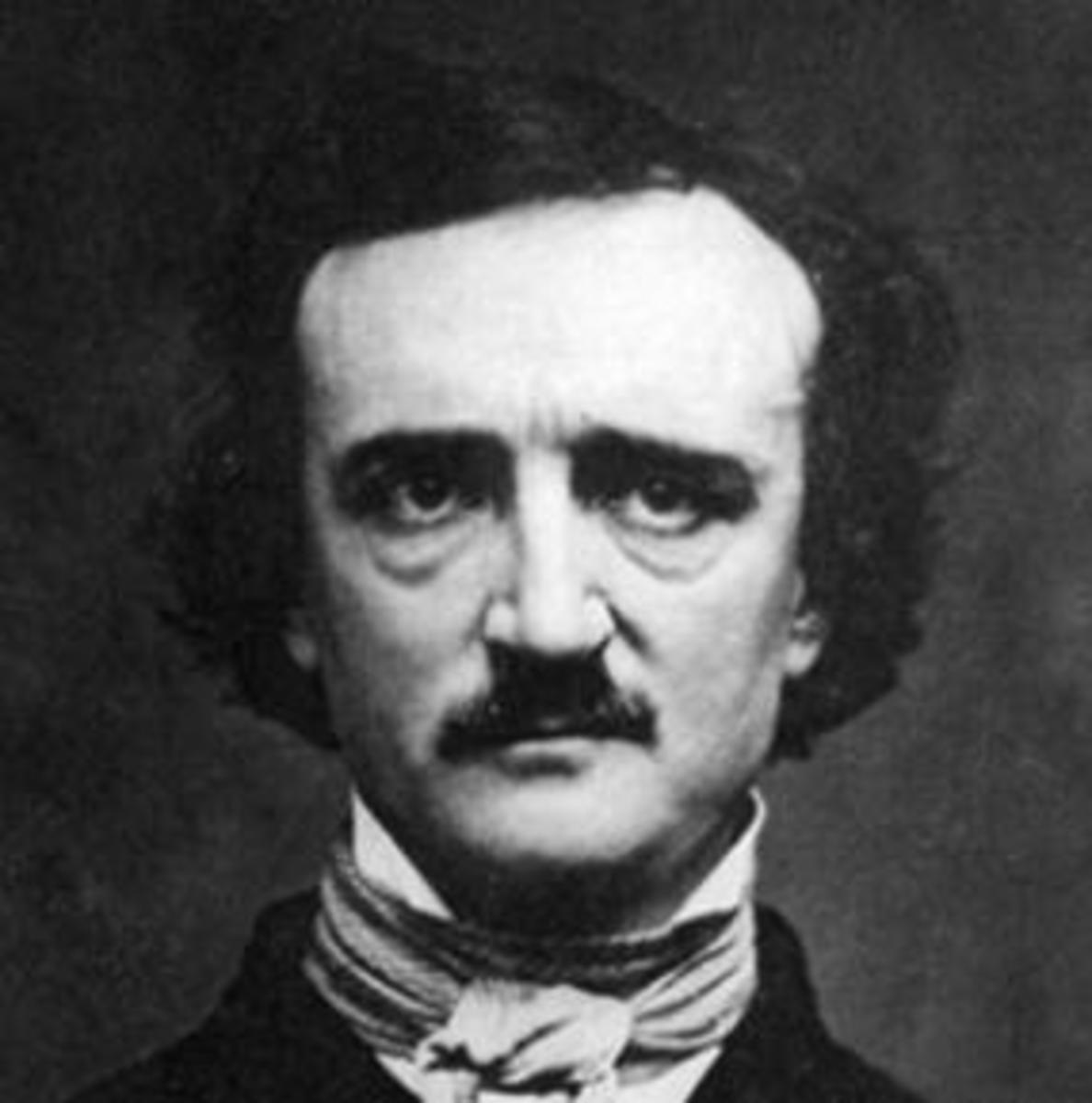- HubPages»
- Books, Literature, and Writing»
- Literature»
- American Literature
An Analysis of Edgar Allan Poe's "The Raven"
The Raven by Edgar Allan Poe
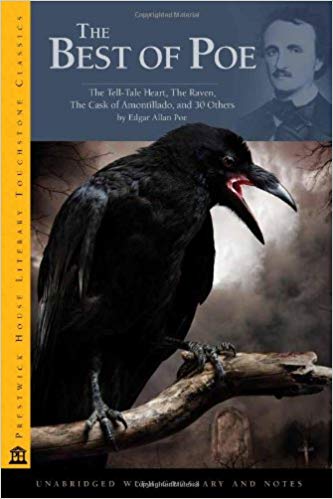
Edgar Allan Poe and The Raven: An Analysis
A person may go through a lot in dealing with a lost love. This may be in form of going through flashbacks and from one's memory lane, and even imagining fictional events that will never happen. Edgar Allan Poe is regarded as “one of the most important and influential American writers of the 19th century” (Edgar Allan Poe Museum, N.d.). He presented the pain through the poem “The Raven” with how he went through various emotions as he surfs through his memories but gets slapped by reality.
Dissecting the Raven
The poem starts at midnight, the persona was reading and nearly sleeping when someone or something knocked on his door which turned out to be a raven. He was about to fall asleep when the knocking took the sleepiness out of him. The transition of the narrative moves from being half-awake to being startled by the knocking at the door. From there, he began to fight with his own feelings and memories. It has been a moment of push and pulls and the convincing that Lenore will never be with him anymore since she already died. He began talking to himself as he recalls his sorrows. It was staying at present while recollecting his pains because of the death of a loved one.
Love, Memory, and Reality in the Poem
Love, memory, and reality work all throughout the context of the poem. Love was prevalent all throughout the poem as the persona expresses the pain that he feels because he was left by the person he loves; this is highlighted in the line “sorrow for the lost Lenore” (Poe, 2019). More than the pain was the presence of love despite the absence of the object of his love --- Lenore. He repetitively shows this by mentioning “Lenore” all throughout the poem. She was described as the “rare and radiant maiden” named by the angels. He knew that she was dead, but he has been having difficulty in accepting that his love is lost and she will neither return nor someone will reciprocate his affection and devotion.
Memory has been working all throughout the poem as he shifts his emotions and his consciousness from reality to pensiveness. He was reading a book until he was woken up by the knocking and he eventually knew there was “darkness there and nothing more” (Poe, 2019). He proceeded to go into the state of wallowing in the concept that he lost someone. The entire atmosphere was sullen, denial, and self-fighting.
The raven kept on saying “Nevermore” all throughout the poem which is a constant obnoxious strike on the heart of the persona as reality is being pushed into his consciousness. It serves as a signal to go back to the present before he gets to drift to the distant past or to his feelings towards Lenore which will never be reciprocated. The fight or struggle enters the scene as he says that “the only word there spoken was the whispered word, ‘Lenore’?” (Poe, 2006). He went into his memory whenever he gets to recall Lenore and whenever he hears the word from the raven, he suddenly snaps back to reality.
The rest of the poem dealt with the pushing away of reality and denying of the truth. This can be easily noticed through the constant attempts to send the raven away until he accepts the fact that in reality, he cannot be changed the last lines “…my soul from out that shadow that lies floating/on the floor:/Shall be lifted-nevermore!” (Poe, 2006). He finally accepts the reality that he can never shove away the pain just like how he attempts to send the bird away.
Conclusion
“The Raven” is a painful poem of acceptance where the persona would have to undergo the struggle that even if the cause of pain is something that he wants to remove or forget, eventually he must surrender. He then gives in where love was made alive through memory-recall, and gradually embraces reality and the acceptance that something will never be regained despite the constant denial and resistance. The poem was a perfect example of facing reality despite all the hopes and memories attached to the former source of happiness.
Reference
“Who Was Edgar Allan Poe?” Poe's Biography | Edgar Allan Poe Museum, www.poemuseum.org/who-was-edgar-allan-poe.
Poe, Edgar Allan. (2019). “The Raven by Edgar Allan Poe.” Poetry Foundation, Poetry Foundation, https://www.poetryfoundation.org/poems/48860/the-raven
Poe, Edgar Allan. (2006). The Best of Poe: The Tell-Tale Heart, The Raven, The Cask of Amontillado, and 30 Others.” Prestwick House Literary Touchstone Classic. Pp. 1 – 216. Print.


